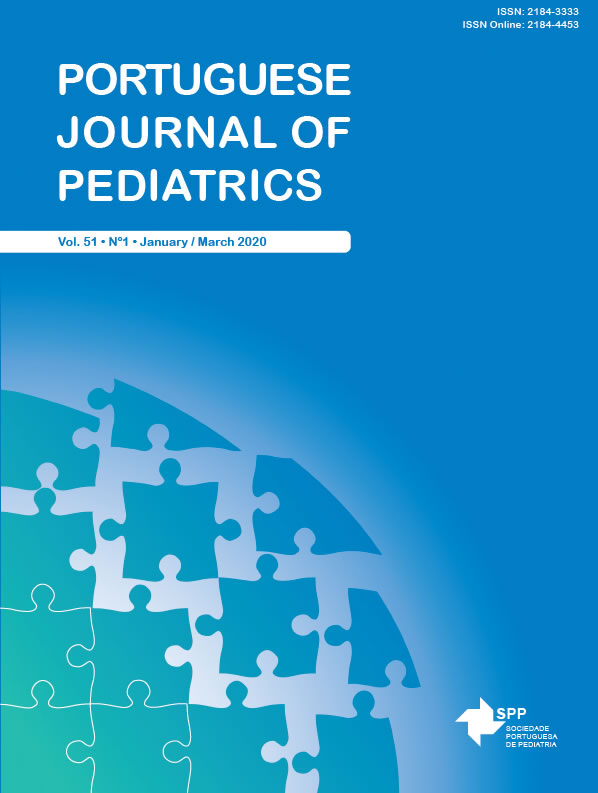A Clinical Case of Scombrotoxicosis
Date of submission: 14-06-2019 | Date of acceptance: 18-06-2019 | Published: 15-07-2019
DOI:
https://doi.org/10.25754/pjp.2020.17259Abstract
Scombrotoxicosis or histamine poisoning is a common type of fish food poisoning, with an increasing prevalence due to changes in industry and food consumption. Histamine is a non-volatile amine that can be used in the action of bacterial decarboxylases present in fish. The signs and symptoms may occur within minutes to hours after fish consumption and may last for a few hours over several days. Typical symptoms include erythema and face and neck flushing, generalized discomfort, palpitations, and severe headache. It may also manifest as severe abdominal pain with diarrhea and, in more severe cases, respiratory distress and hypotension. The diagnosis is made by clinical history and confirmed by histamine levels. Total immunoglobulin E and fish specific immunoglobulin E levels are normal. Treatment depends on its severity, may not be necessary, may require the use of antihistamines or, in severe cases, may require admission to an intensive care for inotropic and/or ventilatory support. The authors report a clinical case of a 16-year-old adolescent who went to the emergency department with unspecific symptomatology, but whose clinical history allowed his diagnosis.









